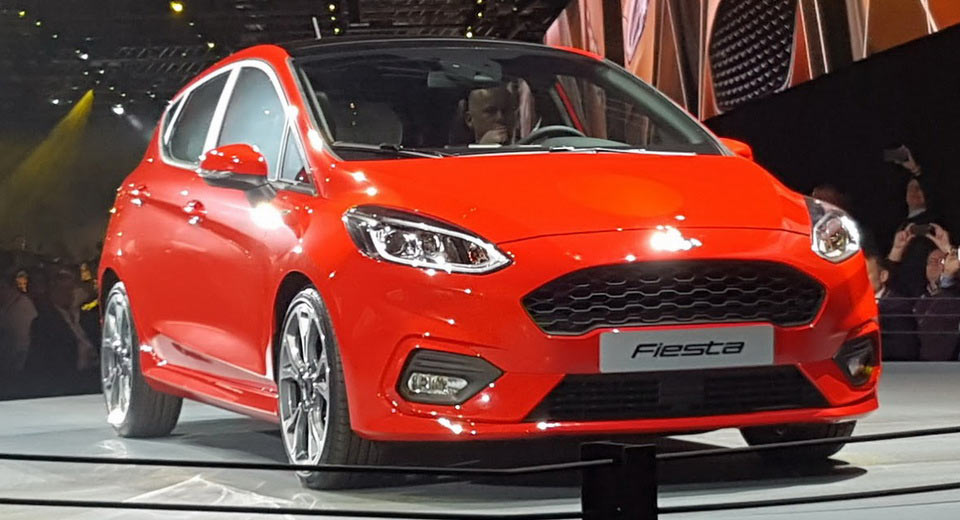Production of the new Ford Fiesta has begun in the company’s factory in Cologne, Germany.
Ford has invested 293 million euros in new production processes at the facility to build their new model, with the company claiming that a new Fiesta will roll off the line every 68 seconds.
Europe’s top selling car demonstrates Ford’s latest product strategy, with the new Fiesta being available in four distinct versions – the sporty ST-Line, the sophisticated Vignale and Titanium, the Active pseudo-crossover and the range-topping Fiesta ST, with the latter two coming next year.
“We have taken this iconic small car’s lovable, fun and sporty-to-drive character to the next level, with a greater choice of models than ever and with advanced technologies and features that small-car customers could only have dreamed of just a few years ago,” said Jim Farley, executive vice president and president, Europe Middle East and Africa, Ford Motor Company.
The new generation of the Ford supermini is longer and wider than its predecessor, with the company also claiming a significant improvement in the overall quality of the new Fiesta, with tighter panel gaps and a cabin that wants to rival the best in this area.
There is also a really wide range of driver assistance systems as well, including Pre-Collision Assist with Pedestrian Detection, Active Park Assist with Perpendicular Parking, Cross Traffic Alert, Adaptive Cruise Control, Adjustable Speed Limiter, Blind Spot Information System, Distance Indication, Driver Alert, Lane Keeping Aid, Lane Keeping Alert, Forward Collision Warning and the list goes on.
The available range of engines has been simplified, with three-cylinder petrol and four-cylinder diesel units. The range-topping Fiesta ST will be powered by a turbocharged three-pot 1.5-litre petrol unit with a cylinder deactivation feature that makes 197hp (200PS), giving it a 0-62mph in 6.7 seconds along with CO2 emissions of just 114g/km.
















